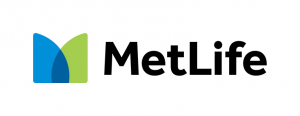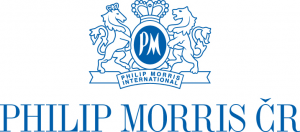Investment still dragging Czech economic growth
15.11.2016Company: Amcham
The first reading of GDP growth in the third quarter shows a slowdown of the Czech economy. Qoq growth dropped from a strong 0.9% in 2Q to 0.3% in 3Q. The yoy dynamics exposed a similar development when they dipped from 2.6% to 1.9%. Other economies in the CEE region have displayed the same evolution as yoy declines happen for the same reason, namely the EU funds tapping cycle, which peaked last year. This year, the investment co-financing of EU sources came to an end. Last year thus created a high statistical base that impedes yoy growth this year.
The structure of economic growth will be revealed as late as in early December. Our estimates suggest growth was driven mainly domestic consumption. Households have been going through very good times. The unemployment rate has been hitting historic lows and pushes for wage growth acceleration. Overall purchasing power thus rises. Even though a relatively large part of growing wages is used for housing investment, there is still enough left to increase consumption. Monthly retail sales figures suggest that that households are purchasing expendable goods (culture, book, holidays), which confirms the good shape of their wallets.
In contrast, we expect no further notable qoq increase in the external trade surplus. In our view, the trade surplus has approached its limits and further growth will remain muted. Imports will grow due to higher consumption and investment expenditures, while exports will be impeded by slower growth of external demand as well as capacity constraints of the domestic economy. We see a shortage of labour force on the domestic market, and there might be problems due to missing infrastructure.
We expect overall growth of the economy to print 2.5% this year. The upcoming (election) year should record an acceleration to 2.7% thanks to fiscal expansion and increased investment due to the gradual start of the next EU funds tapping cycle.
Tags: Economics | Finance |







